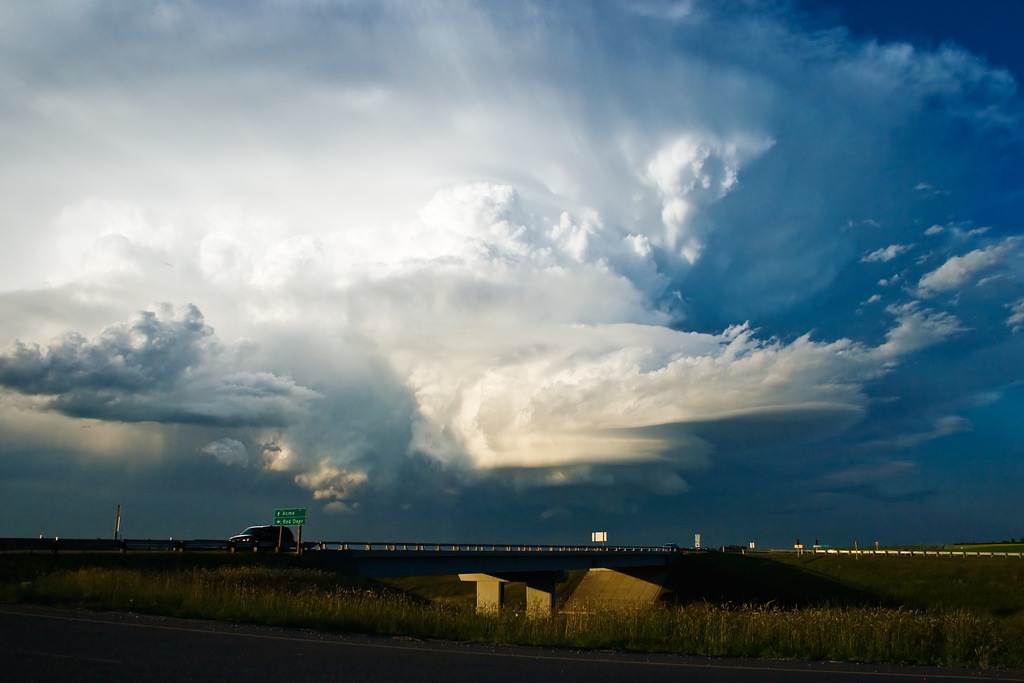
Jerry BowleyConditions are ripe for more tornadoes.
Hail-spitting, tornado-spawning thunderstorms are likely to occur more frequently in the U.S. as the climate changes.
That’s according to new research that found the two main ingredients needed to produce these intense storms are likely to occur simultaneously with growing frequency as greenhouse-gas levels continue their meteoric rise.
The research could help explain this spring’s remarkably deadly tornado season, though it doesn’t explain the long calm that preceded it.
Severe thunderstorms typically occur when wind speeds high in the sky exceed those nearer the ground, and when there are also fast updrafts. As the climate changes, these two weather conditions will coincide more often, according to the results of modeling published Monday in the Proceedings of the National Academy of Sciences.
“We’re seeing that global warming produces more days with high [convective available potential energy] and sufficient shear to form severe thunderstorms,” lead researcher Noah Diffenbaugh of Stanford University said in a statement. “We are looking at the conditions that produce severe events, which are relatively rare at present. … The changes during spring represent an increase of about 40 percent over the eastern U.S. by the late 21st century.”
And it’s not just spring thunderstorms that are forecast to occur more frequently; the researchers expect more big storms in every season. Get ready to bunker down.



